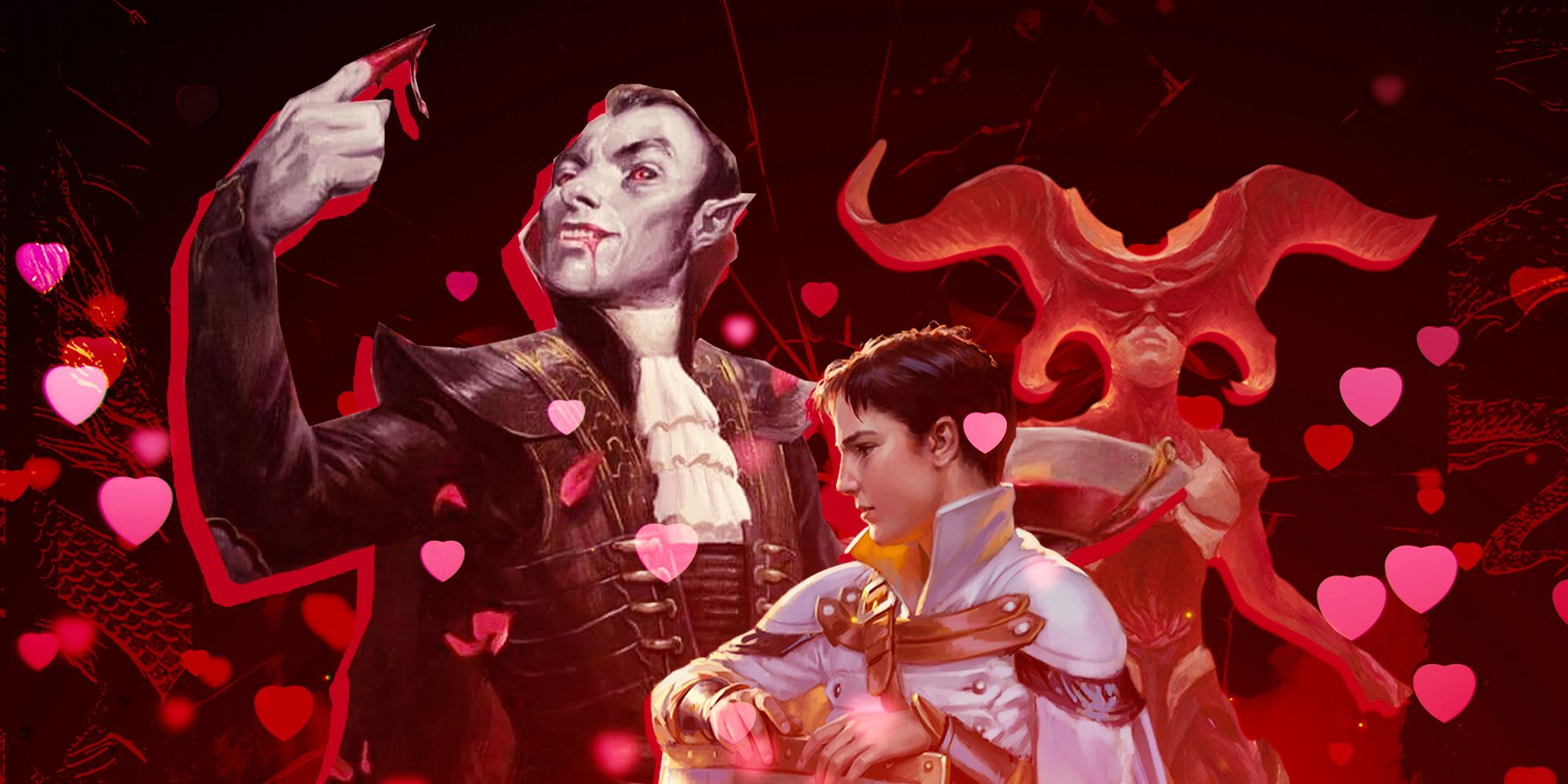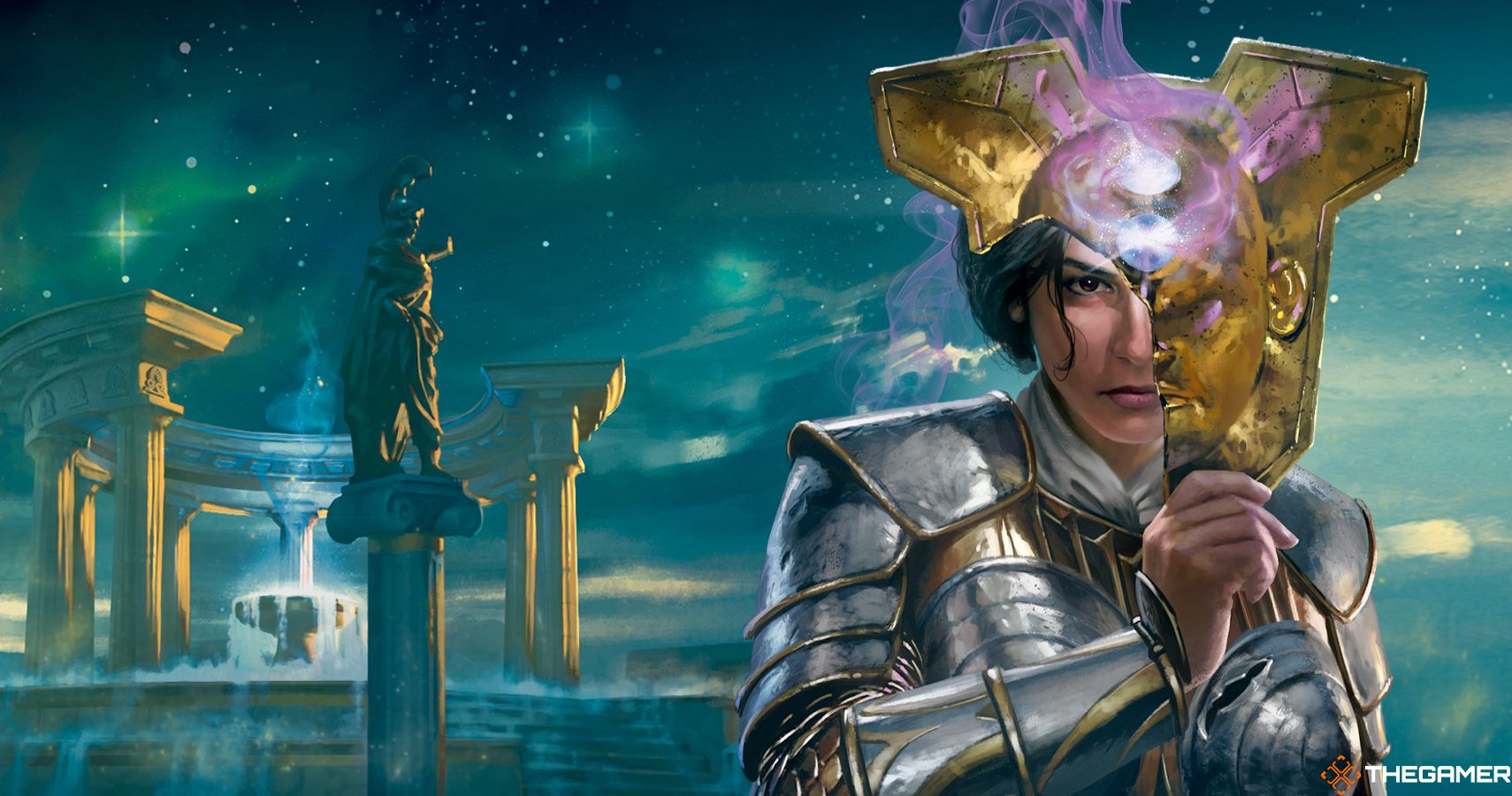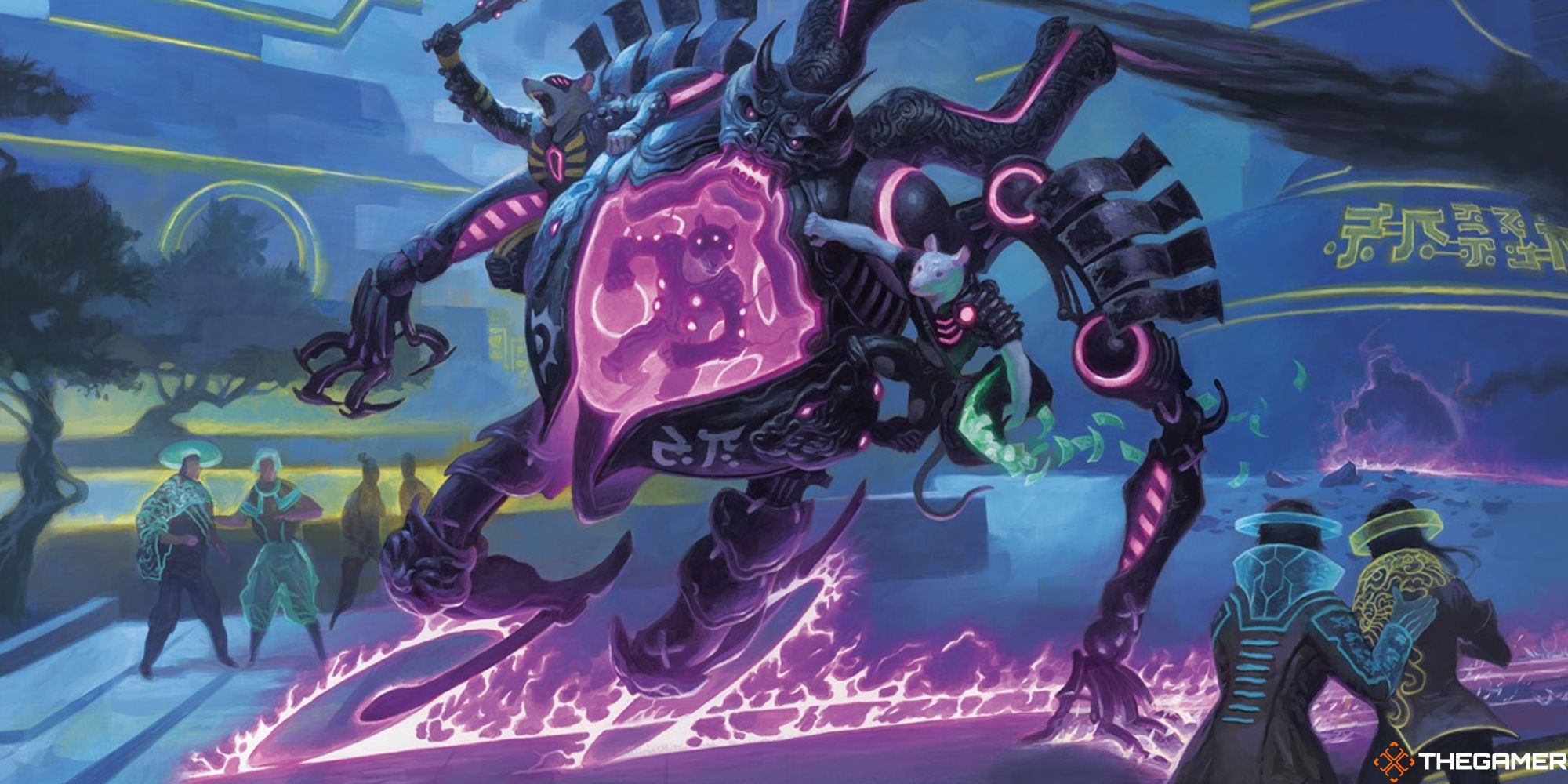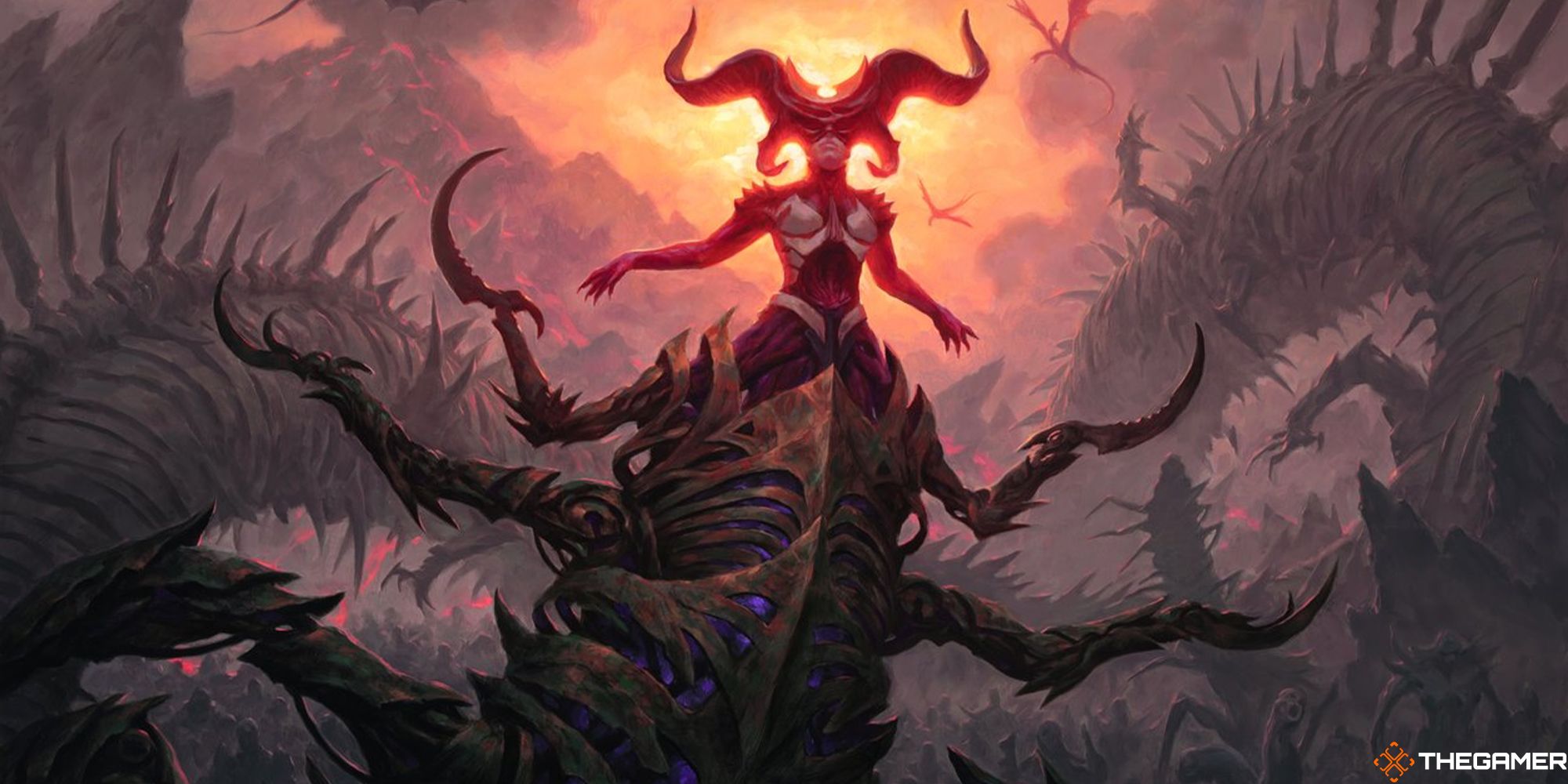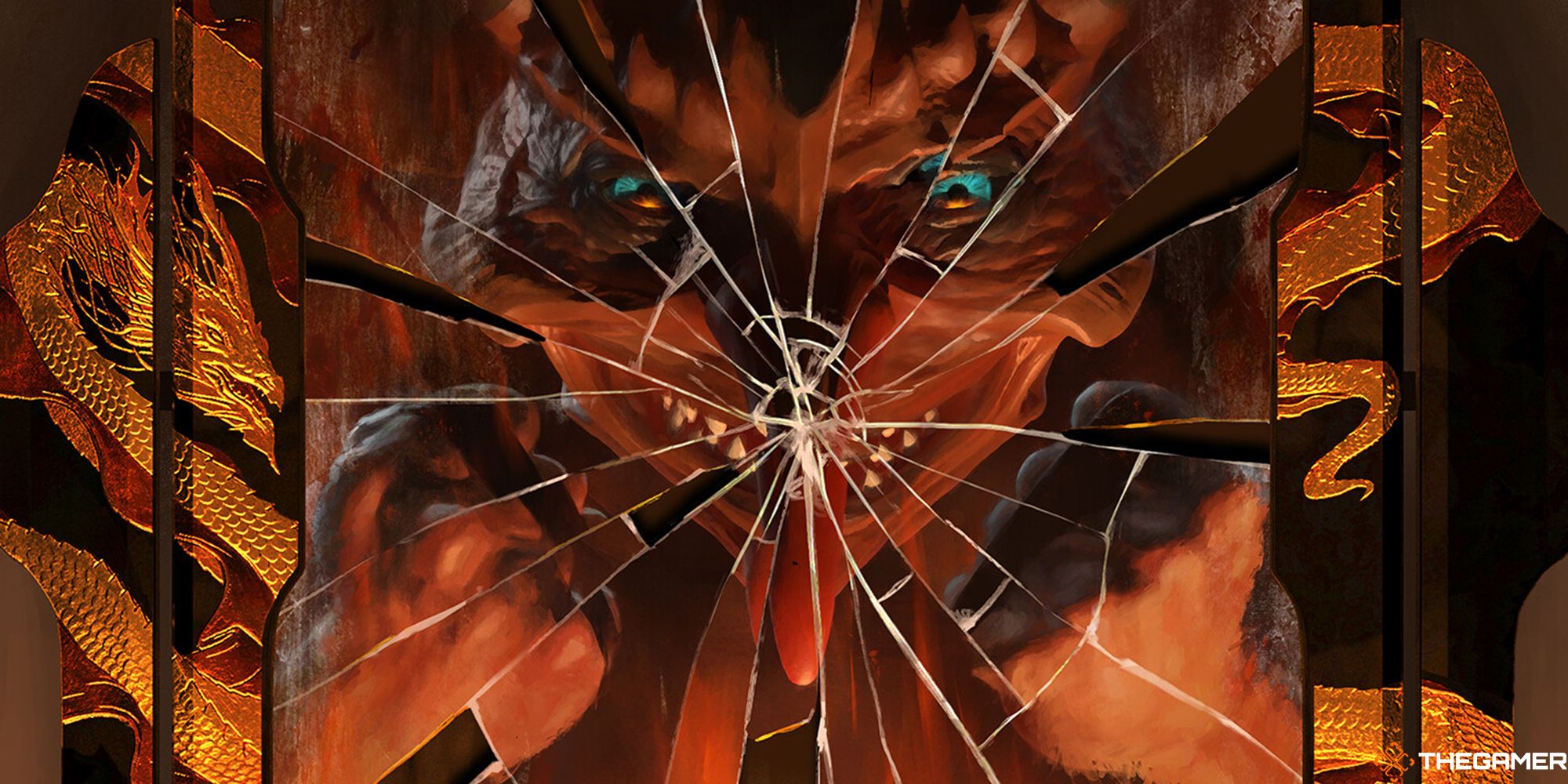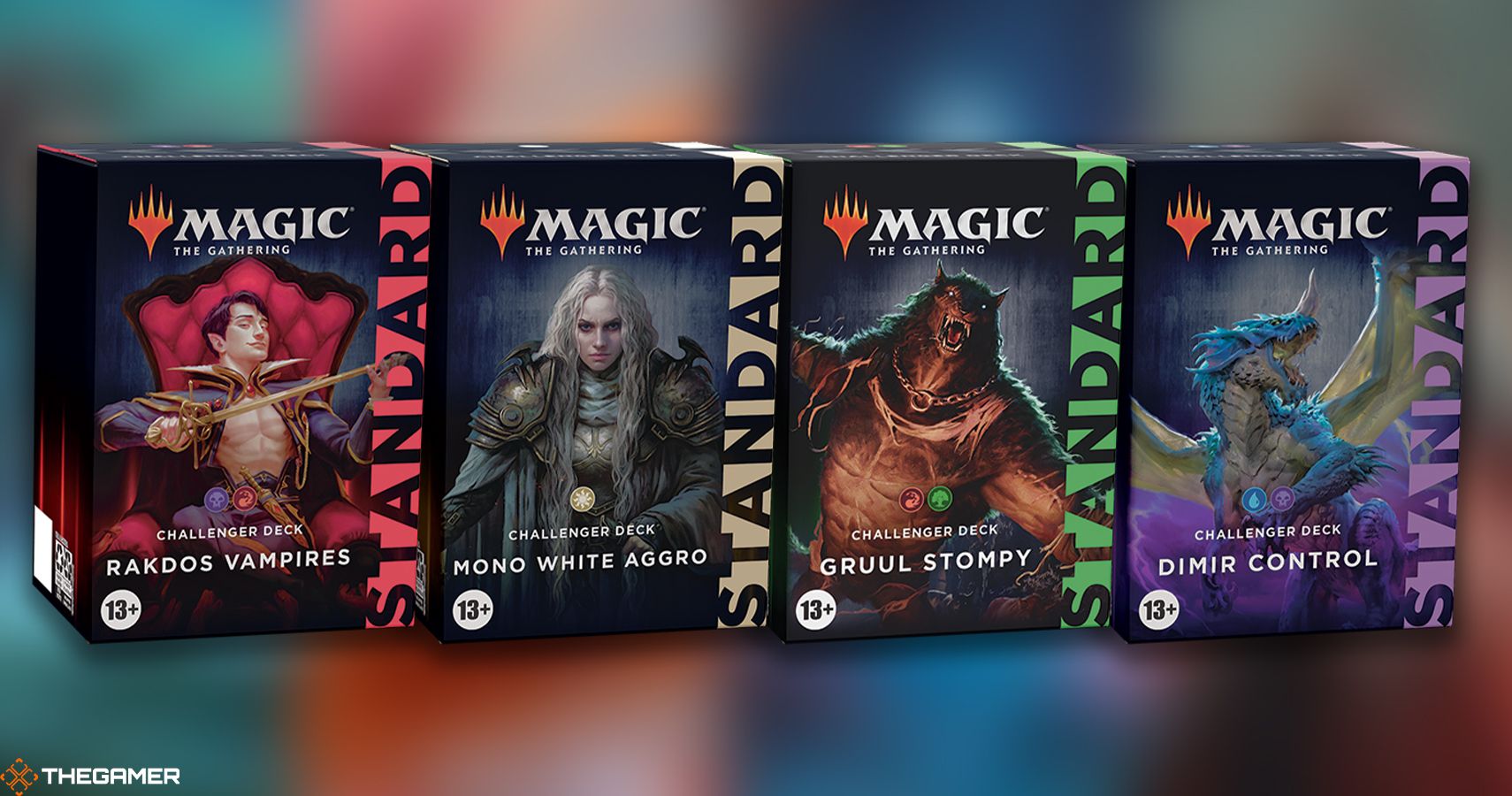Magic: The Gathering’s Standard format is in a dire place. What was once the height of competitive play and the game’s ‘premiere’ format has become all but extinct in tabletop play, and reduced to the same handful of red/black Midrange decks on Arena. Standard has needed new life breathing into it for a while, and now we’re finally getting it.
Wizards of the Coast announced over the weekend at MagicCon Minneapolis that Standard will be extending its rotation by a year, giving sets three years in the format before they leave to make room for incoming ones, rather than the usual two. An extra year to play with the cards I already own has caught my attention, but I’m not sure if the changes are going hard enough to really pull people back into Standard.
Standard has fallen out of favour for a few reasons. The first is the pandemic completely shutting down in-person play for the better part of a year. It killed off competitive play for almost two years, sets like Ikoria and Theros: Beyond Death had almost no time to be played in-store thanks to the lockdowns, and people flocked to Arena instead.
Once people got their hands on Arena, the idea of playing paper Standard became almost laughable. Why wait a whole week to play a couple of rounds of Standard in tabletop, when you could play the best decks quicker, cheaper, and more frequently on Arena? Wizards tried to curtail this by having sets launch in tabletop first, but Standard is still being ‘solved’ far faster than it ever was pre-pandemic and pre-Arena, and getting people to give that up for the sake of tabletop is going to be an uphill battle.
It isn’t completely futile, though, and the decision to add another year to Standard’s calendar could be the first step towards people actually giving a toss about the format again. In the short term, this keeps popular sets like Kamigawa: Neon Dynasty and Innistrad: Midnight Hunt in Standard for longer. I’m more likely to break out my card boxes and make a Standard deck now, knowing the cards I pick will be legal for a whole year more.
Having more sets makes the annual rotation less of an upheaval, too. Under the new system, only one-third of the sets in Standard will rotate out, rather than half. Losing 20 or 30 cards in your deck to rotation is enough to kill that deck altogether, but losing 8 or 9 of them feels much more palatable, especially with a larger card pool to fill the holes with.
With one move, Standard suddenly feels more forgiving to those who aren’t heavily invested in maintaining their top-tier deck. It’s easier to jam together a usable deck from your collection when you have more sets to work with, and the cost of maintaining it is generally lower.
However, I’m not convinced this will be a big enough change on its own to save Standard. While it helps get casual players in the door, it won’t do a lot to win over those already grinding away on Arena.
The biggest problem facing Standard right now is its cost. It’s ludicrously expensive to build a Standard deck, with the cost of just four copies of Sheoldred, the Apocalypse coming in at almost $350. The current top deck in Standard, Rakdos Midrange, would cost nearly $500 to make in paper. For that price, you could make a top-tier Pioneer deck, a great Commander deck, or half a dozen Pauper decks that you can play with forever, free from the threat of rotation.
If Wizards wants to get people playing Standard, it needs to bring that cost right down. Multi-format staples like Sheoldred, the Apocalypse and Fable of the Mirror-Breaker need to be more carefully managed in Standard, as they’re the driving force behind rising deck costs. Just look at Standard-only staples like Cut Down, Reckoner Bankbuster, and Graveyard Trespasser – they’re all under $5 each because they don’t see play elsewhere. Through bans or other restrictions, and frequent reprints to keep costs down, the barrier to entry can be kept as low as possible.
Standard also needs Wizards to stand behind it far more than it currently does. Each release is now stuffed with cards that aren’t legal in Standard, whether it be Commander-only cards, or bonus sheets like March of the Machine’s Multiverse Legends. Set and Collector’s boosters can have numerous non-Standard cards in them, and the only preconstructed decks we get anymore are for Commander.
Challenger decks and Starter decks used to be a great way to get Standard reprints out into players’ hands for cheap, but even they’ve all but dropped the format. We have no word of any new Challenger decks, and this year’s Starter product is tied into the non-Standard Lord of the Rings set instead. At the moment, Standard feels like the vegetables Wizards scoffs down so it can get to its Commander-y pudding even quicker. Why should people get invested in Standard, when Wizards itself doesn’t seem to want to release products for it?
Standard is a great format. No other format changes as frequently as it does, and cards that never see play elsewhere get their time to shine. It feels cutting edge, with new cards coming all the time, while also feeling like the ‘purest’ way of playing the game. Hopefully, with the longer rotation, some careful management, and better support from Wizards, we could start to see the ‘premiere format’ creep back into game stores and onto tables.

